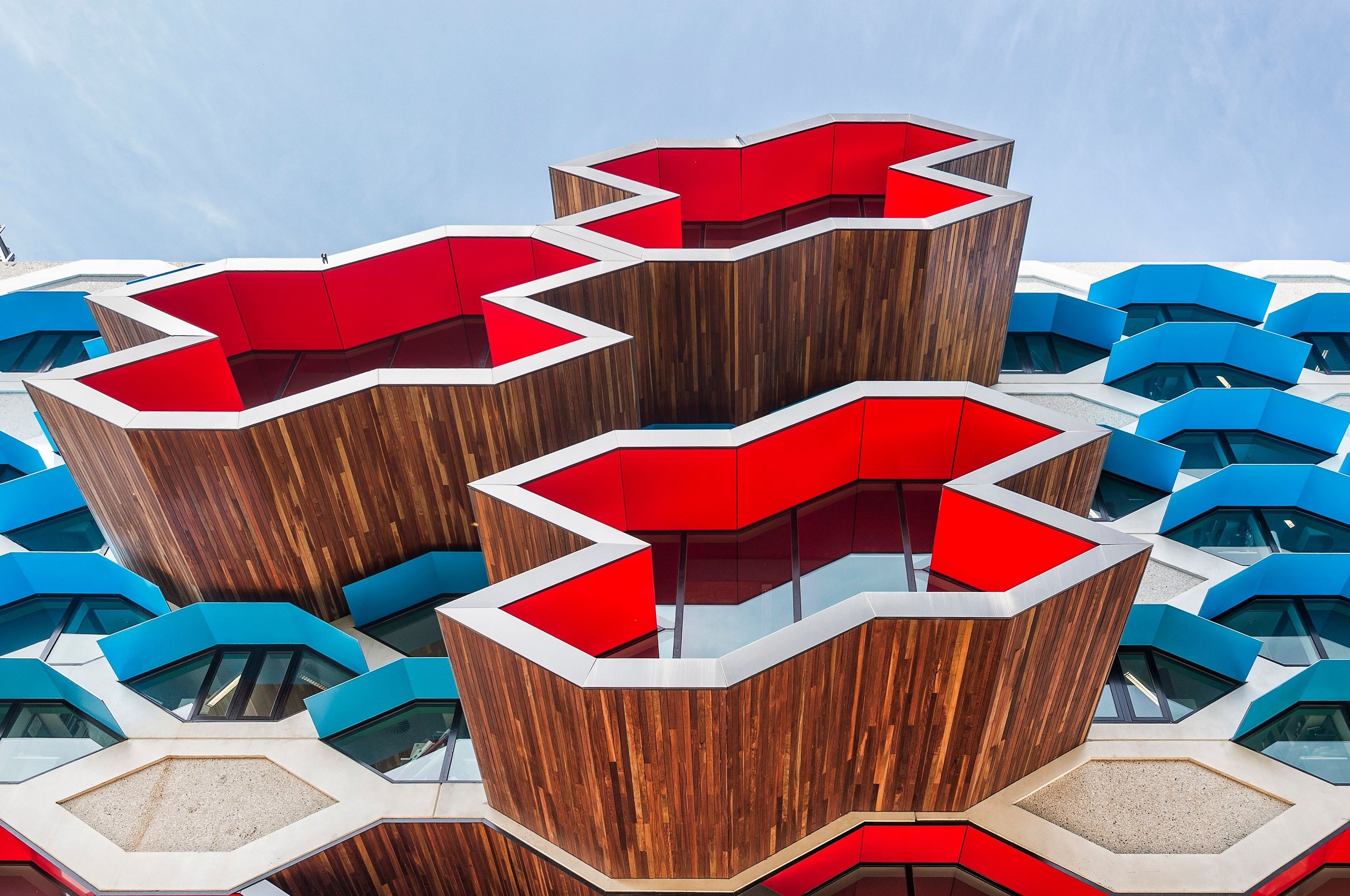
Partnerships
Making lasting impacts by connecting with business, government and our communities.
Taking collaborations to the next level, by solving challenges and creating opportunities for students, research with mutually beneficial outcomes with our partners.